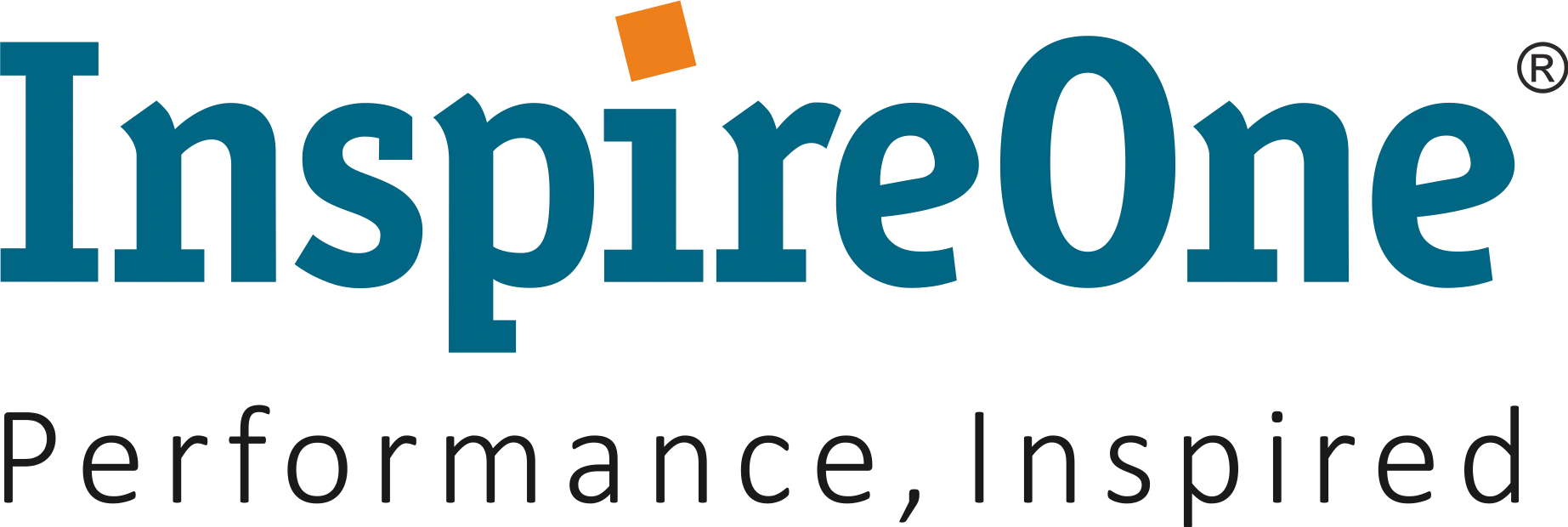Harvard Business Review has reported that “The top 20% of your workforce accounts for 80% of organizational output”[i]. Furthermore, research has shown that simply adding a star performer to a team can boost the effectiveness of other team members by 5-15%[ii].
High-potential leaders are a company’s greatest renewable source of innovation, agility, strategic excellence, and inclusive leadership. Despite the benefits more than half of the organizations are not satisfied with their high potential programs[iii] .As per the global Leadership Forecast 2021 only 11% of companies have a strong bench[iv].
This paradox is worth exploring.
Multitude of reasons contribute to this paradox and the top three reasons[v] [vi] are as follows:
- Unclear definition of high potential.
- Using ambiguous and subjective criteria for identifying high potential.
- Neglecting to develop the high potential employees.
Let’s start with defining high potential.
A high-potential employee (HIPO) is someone with the ability, engagement, and aspiration to rise to and succeed in more senior, critical positions (Gartner)[vii].
InspireOne recently conducted a masterclass in New Delhi where we discussed some of the strategies to address the challenges of leadership development of high potentials and unravelled some of the basics and the best practices for identifying and developing high potential talent.
- Experts discussed the classic question of whether leaders are born or made, which was concluded with sharing the robust research base of Inspireone’s High Potential Leadership Development intervention. IBM Kenexa’s research and empirical evidence of over 3 decades shows that the Leadership Development of High Potential employees is a combination of Preference and Capability. (Nature – 30% and Nurture- 70%), which means it’s a bit of both.
- Preference Assessment (Nature): We understand Nature as personality, preferences, values, and motivations. These are fixed from an early age.
- Capability Assessment (Nurture): By Nurture, we mean technical skills, managerial know-how, and High-Performance Behaviors. These can all be developed and changed over time.
The research findings revealed the 12 behaviours that high performing leaders exhibit namely Gathering Intelligence, Generating Ideas, Accelerating Innovation, Establishing Trust, Fostering Collaboration, Developing Talent, Influencing People, Building Confidence, Communicating Effectively, Implementing Change, Improving Performance, and Winning Customers.
So, what are some of the guidelines that we should keep in mind when identifying high potential talent?
Some of the things to be mindful of when identifying high potentials for leadership development initiatives includes scientific tools and processes based on research, comprehensive and fair process, aligned to organizations strategic priorities and future roles, robust development center with an assessor to participant ratio of 1:3, followed by a comprehensive leadership development journey.
Simply put it must be a fair process backed by science for a holistic leadership assessment.
When assessing use both nature and nurture assessment tools and deploy both core and supporting method for high potential identification especially at senior levels. For example, when identifying Generalist Leaders nurture assessment could be done using thought leadership, work shadowing as core methods and 360 Degree feedback and Behavioural event interview as supporting methods. For assessing the nature element, we recommend using the leadership preference and motivation assessment including the derailers.
While assessing it is imperative to be cognizant of the proficiency levels of the leadership competencies, importance of local, industry (including other industries) and global benchmarks, the key requirements of individual reports, and group report.
So, how can we focus on the development of high potentials?
- Focus on shifts that matter: Organizations with successful high potential leadership development programmes are 8 times more likely to focus on those leadership behaviours that critically drive their business performance.
- Create an organizational journey: Organizations with successful high potential leadership development programmes are 6 times more likely than the rest to have an organization wide intervention program.
- Designing for the transfer of learning: Organizations with successful high potential leadership development programmes are 4-5 times more likely to ensure that participants applied their learnings in new settings over an extended period.
- Using system reinforcement to lock in change: Organizations with successful high potential leadership development programmes are 6 times more likely to involve senior leaders as mentors or coaches or project sponsors, reinforcing the new leadership model.
Use both macro (e.g., cross- organizational projects, promotions, job shadowing, lateral moves, and micro (e.g., Coaching, mentoring, personal development plans, master classes etc), strategies to develop the high potential talent.
You can accelerate the high potential talent development by ensuring that the intervention has the elements like learning by reflecting, personalization, assessments, IDP, application, coaches and mentors, and future ready skills.
To prepare your organization for the future of work, incorporate skills development into your corporate strategy[viii], and create opportunities for high-potential employees to develop. By using research-backed high-potential identification and development intervention, our clients have achieved significant success.
Interested in learning more about our leadership development approach? click here.
References
[i] https://hbr.org/2017/10/what-science-says-about-identifying-high-potential-employees
[ii] What Science Says About Identifying High-Potential Employees (hbr.org)
[iii] http://www.crforum.co.uk/research-and-resources/assessing-potential/
[iv] https://www.forbes.com/sites/edwardsegal/2021/05/19/only-11-of-companies-have-a-strong-leadership-bench-according-to-new-study/
[v] https://blog.mettl.com/guide/high-potential-identification/
[vi] https://www.forbes.com/sites/forbeshumanresourcescouncil/2018/11/21/five-common-mistakes-leaders-make-regarding-high-potential-employees/
[vii] https://www.gartner.com/en/human-resources/glossary/high-potential-employee-hipo-
[viii] How Reskilling And Upskilling Help Companies Prepare For The Future (forbes.com)







